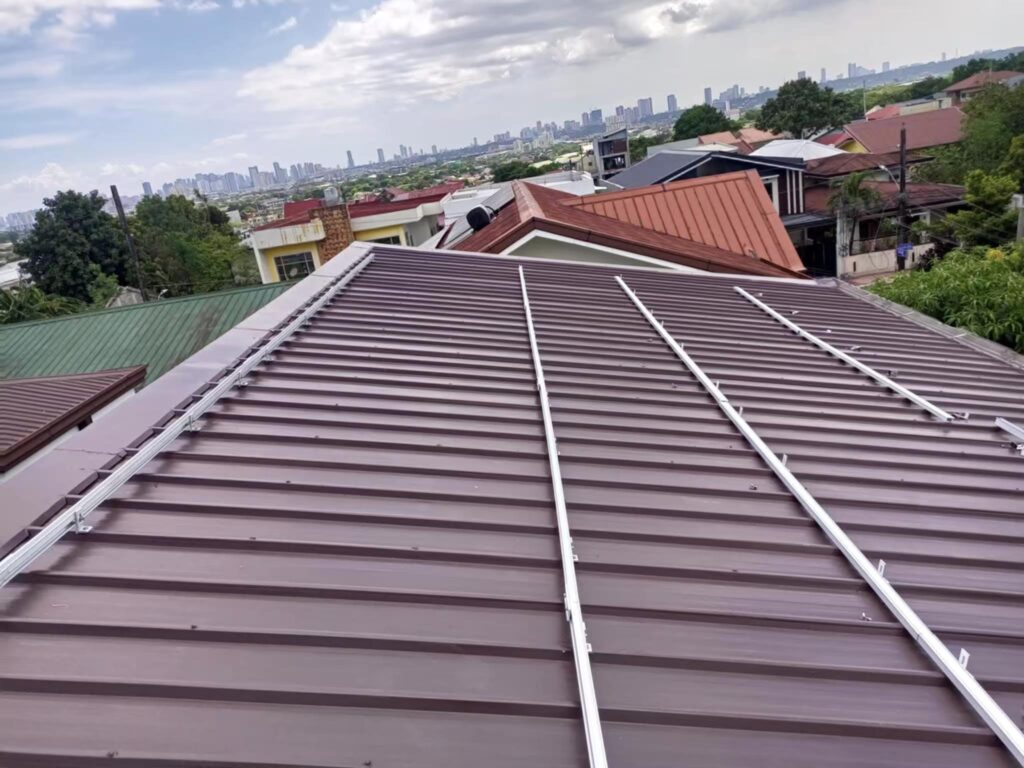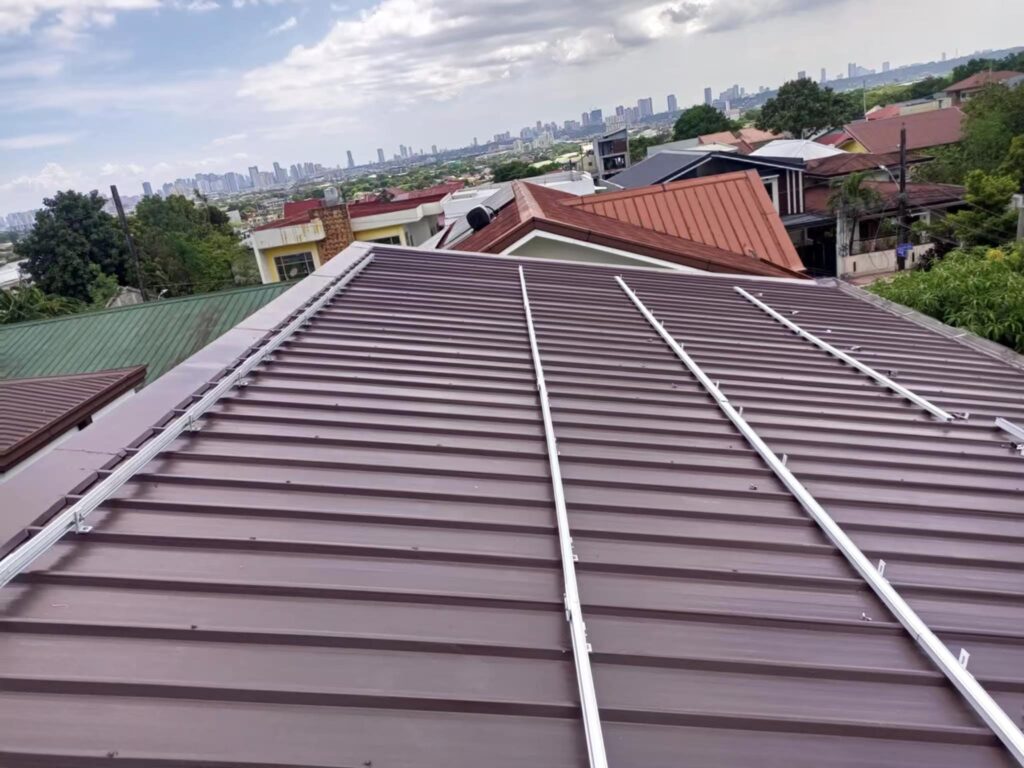Introduction
In the world of stainless steel, 304 and 316 stainless steel are the two most widely used grades, especially for structural components such as stainless steel C channels. Both offer excellent corrosion resistance, strength, and formability, but their differences in chemical composition and performance characteristics make each grade better suited for specific environments and applications.
This detailed article, referencing industry insights including from Eagle Tube and others, provides a thorough comparison of 304 vs 316 stainless steel. It will cover chemical composition, corrosion resistance, mechanical properties, applications, cost, and manufacturing considerations, with a focus on stainless steel C channels. Our company, C Channel Steel, specializes in high-quality stainless steel C channels and can assist you in choosing the right material.


What Are Stainless Steel C Channels?
Stainless steel C channels are structural steel profiles with a cross-section shaped like the letter “C.” They are widely used in construction, manufacturing, and industrial applications for their strength, durability, and corrosion resistance. Stainless steel C channels provide support, framing, and mounting solutions in environments ranging from indoor architectural projects to harsh coastal and chemical facilities.
Choosing the right stainless steel grade for C channels is critical to ensure structural integrity, longevity, and cost-effectiveness.
Chemical Composition: 304 vs 316 Stainless Steel
The key difference between 304 and 316 stainless steel lies in the addition of molybdenum in 316, which enhances corrosion resistance.
| Element | 304 Stainless Steel (%) | 316 Stainless Steel (%) |
|---|---|---|
| Chromium (Cr) | 17.5 – 19.5 | 16.5 – 18.5 |
| Nickel (Ni) | 8.0 – 10.5 | 10.0 – 13.0 |
| Molybdenum (Mo) | 0 | 2.0 – 2.5 |
| Carbon (C) | ≤ 0.07 | ≤ 0.07 |
| Silicon (Si) | ≤ 1.00 | ≤ 1.00 |
| Manganese (Mn) | ≤ 2.00 | ≤ 2.00 |
| Phosphorus (P) | ≤ 0.045 | ≤ 0.045 |
| Sulfur (S) | ≤ 0.015 | ≤ 0.015 |
| Nitrogen (N) | ≤ 0.10 | ≤ 0.10 |
| Iron (Fe) | Balance | Balance |
Source: Industry standards and thyssenkrupp-materials.co.uk
Corrosion Resistance
- 304 Stainless Steel: Offers excellent corrosion resistance in many environments, including atmospheric exposure, food processing, and indoor architectural applications. However, it is susceptible to pitting and crevice corrosion when exposed to chloride ions (salt), limiting its use in marine or highly corrosive environments.
- 316 Stainless Steel: Due to the molybdenum content, 316 stainless steel exhibits superior resistance to chlorides, saltwater, and acidic environments. It is the preferred choice for marine, chemical processing, pharmaceutical, and coastal infrastructure projects where corrosion resistance is paramount.
Mechanical Properties
| Property | 304 Stainless Steel | 316 Stainless Steel |
|---|---|---|
| Tensile Strength (MPa) | 515 – 720 | 515 – 690 |
| Yield Strength (MPa) | 205 – 275 | 205 – 290 |
| Elongation (%) | 40 – 60 | 40 – 60 |
| Hardness (Brinell) | 123 – 217 | 146 – 217 |
Both grades are ductile and can be easily formed, welded, and machined, making them ideal for manufacturing stainless steel C channels.
Physical Properties
| Property | 304 Stainless Steel | 316 Stainless Steel |
|---|---|---|
| Density (g/cm³) | 8.00 | 8.00 |
| Melting Point (°C) | 1400 – 1450 | 1375 – 1400 |
| Thermal Conductivity (W/m·K) | 16.2 | 16.3 |
| Thermal Expansion (10⁻⁶/K) | 17.2 | 15.9 |
| Modulus of Elasticity (GPa) | 193 | 193 |
Cost Comparison
316 stainless steel is generally more expensive than 304 due to its molybdenum and higher nickel content. While 304 is cost-effective for many general applications, 316’s superior corrosion resistance and longer service life can justify the higher upfront cost in harsh environments.


Applications of 304 and 316 Stainless Steel C Channels
| Application Area | 304 Stainless Steel C Channel | 316 Stainless Steel C Channel |
|---|---|---|
| Indoor structural framing | Excellent | Excellent |
| Outdoor architectural elements | Suitable for mild environments | Ideal for coastal and marine settings |
| Food processing equipment | Commonly used | Preferred for acidic or saline exposure |
| Chemical processing | Suitable for mild chemicals | Required for harsh chemical exposure |
| Marine and coastal projects | Not recommended | Highly recommended |
| Medical and pharmaceutical | Used in non-critical applications | Used in sterile, corrosive environments |
Summary Table: 304 vs 316 Stainless Steel for C Channels
| Feature | 304 Stainless Steel | 316 Stainless Steel |
|---|---|---|
| Corrosion Resistance | Good in most environments; vulnerable to chlorides | Superior resistance to chlorides and acids |
| Mechanical Strength | High tensile and yield strength | Slightly higher yield strength |
| Cost | More affordable | Higher cost |
| Weldability | Excellent | Excellent |
| Maintenance | Moderate; avoid chloride exposure | Lower; withstands aggressive cleaning |
| Longevity in Harsh Conditions | Moderate | Extended lifespan |
| Magnetic Properties | Non-magnetic (austenitic) | Non-magnetic (austenitic) |
| Common Uses | Indoor, food equipment, architectural trim | Marine, chemical, pharmaceutical, outdoor |
Manufacturing Stainless Steel C Channels at C Channel Steel
At C Channel Steel, we specialize in manufacturing premium stainless steel C channels using both 304 and 316 stainless steel grades. Our process includes:
- Sourcing certified stainless steel coils.
- Precision cutting and roll forming for consistent profiles.
- Surface finishing options: brushed, polished, or passivated.
- Rigorous quality control ensuring dimensional accuracy and mechanical integrity.
- Custom fabrication tailored to your project needs.
How to Choose Between 304 and 316 Stainless Steel C Channels
- Environmental Exposure: For exposure to saltwater, marine atmospheres, or harsh chemicals, 316 is recommended.
- Budget Constraints: For less aggressive environments, 304 offers a cost-effective solution.
- Maintenance: 316 requires less frequent maintenance in harsh conditions.
- Longevity: 316 provides longer service life in corrosive environments.
- Industry Standards: Some industries mandate 316 for hygiene or safety compliance.


Case Studies
Case Study 1: Commercial Building Interior Using 304 Stainless Steel C Channels
A commercial office building used 304 stainless steel C channels for interior framing and decorative accents. The controlled environment made 304 the ideal, cost-effective choice.
Case Study 2: Offshore Platform Using 316 Stainless Steel C Channels
An offshore oil platform required corrosion-resistant structural components. 316 stainless steel C channels were selected to withstand harsh marine conditions, ensuring durability and safety.
Maintenance Tips for Stainless Steel C Channels
- Clean regularly with mild detergents.
- Avoid chloride exposure for 304 grade.
- Inspect periodically for corrosion or damage.
- Use passivation treatments to enhance corrosion resistance.
- For 316, stronger cleaning agents can be used safely.
Conclusion
Both 304 and 316 stainless steel are excellent materials for stainless steel C channels. Your choice depends on environmental conditions, budget, and longevity requirements.
- 304 stainless steel suits general-purpose, indoor, or mild environments.
- 316 stainless steel is best for harsh, marine, or chemical environments.
At C Channel Steel, we provide expert guidance and high-quality stainless steel C channels tailored to your needs. Contact us today to discuss your project.